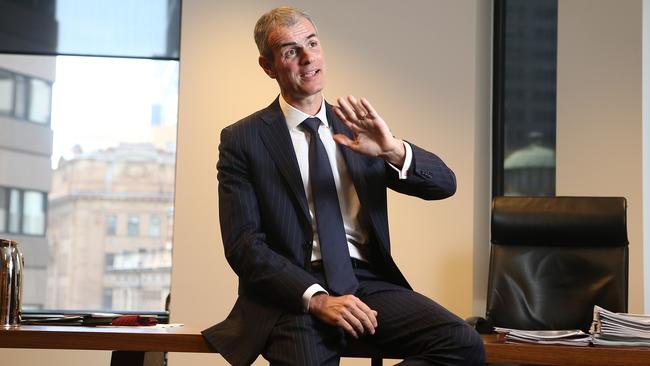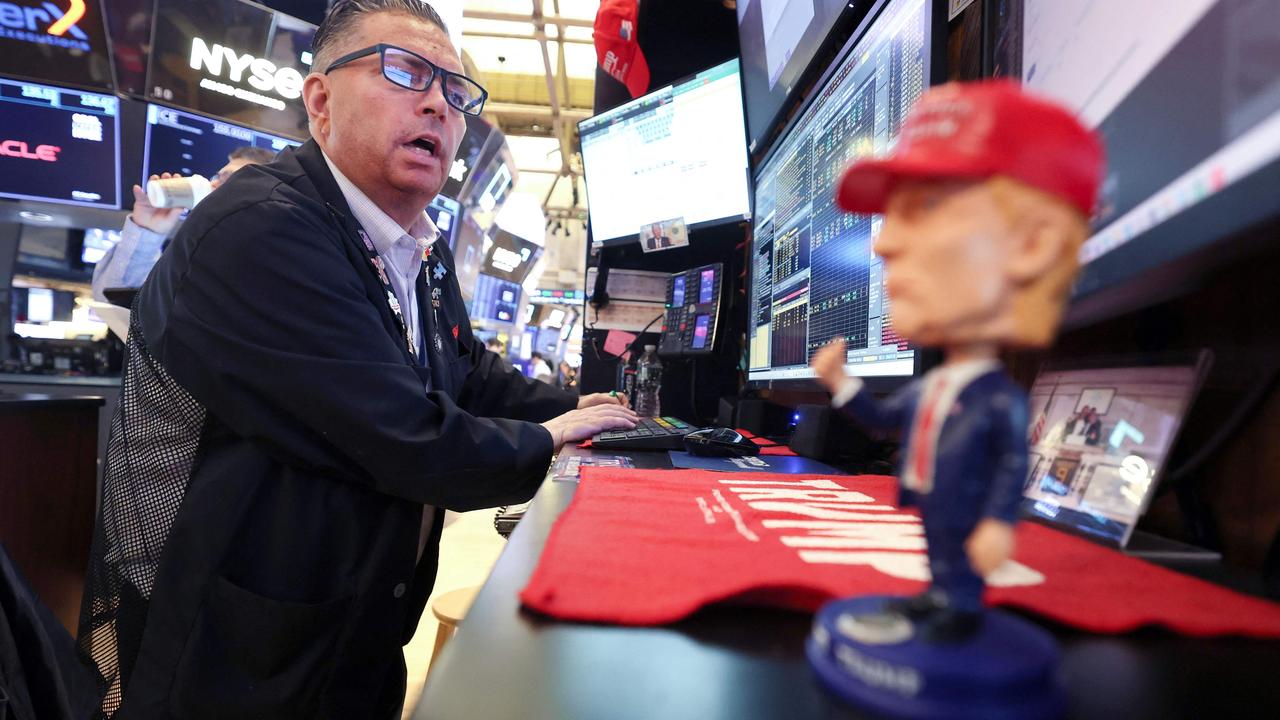Why the sharemarket rout is different this time
Experienced investors have seen far too many market corrections, but this one is different from its predecessors.

As global investors bathe in a sea of red ink, bloodied on Monday by a plunging oil price, Elmer Funke Kupper’s somnolent share portfolio could be about to spring to life.
“Panics are always overdone,” the former Australian Securities Exchange chief executive explains.
“My equities portfolio has been very small for some time, so I believe that a 15-20 per cent downturn in the market is quite rational.
“But anything beyond that is not rational, and on a three to five-year view it’s a buying opportunity.”
Experienced investors have seen far too many market corrections — even crashes — over the past two decades, each of them inspired by different events.
This one is distinguished from its predecessors because it’s multidimensional, with the weekend oil shock the latest factor to emerge from left-field and ignite another wave of panic selling.
On Friday, Russia tore up a three-year agreement with OPEC, refusing to support deeper oil production cuts to match sharply lower economic activity as a result of the coronavirus.
OPEC, which is effectively led by the world’s biggest oil producer, Saudi Arabia, responded by removing all limits on its own production, sending crude prices into a devastating tailspin.
Almost $140bn in value, or 7.3 per cent, was stripped from the value of local equities, bringing total losses from the continuing market convulsion to more than $400bn.
The market has shed all but 20 per cent from its peak, settling on Monday at its lowest level since January last year.
Funke Kupper sees as much sense in the global investor panic as people hoarding toilet paper.
Westpac, for example, was smashed $1.83, or 8.6 per cent, to $19.52. As recently as February 21, the stock closed at $25.81.
“Westpac looks inexpensive at $20 but you just don’t know when markets are panicking like they are,” the former ASX chief says.
“Coronavirus is clearly more serious than SARS (severe acute respiratory syndrome, in 2003) and swine flu (2009), and it’s going to get worse before it gets better, but it’s also temporary.
“Having said that, I’m going to be patient. There might be a buying opportunity around the end of May.”
Former BHP chairman and National Australia Bank chief executive Don Argus identifies further risk on the horizon, with credit downgrades possible in a world awash in debt.
Over the past decade, the BBB investment-grade corporate bond market has mushroomed 2.2 times to $US2.5 trillion ($3.8 trillion) as US issuers have taken advantage of super-low interest rates and greater demand from yield-starved investors.
Of that figure, new issuance has accounted for $US1.2 trillion, with a further $US745bn coming from downgrades.
The segment now accounts for more than half of the investment-grade market, compared to 17 per cent in 2001.
As the credit cycle has lengthened, the concern is that downgrades to “junk” status will spike.
“It’s a bit like the collateralised debt obligations which caused so much trouble in the financial crisis — they were rated AAA but when you scratched the surface it wasn’t really the case,” Argus says.
“I’m not saying that’s the situation in the US. But if the debt is downgraded, how does it all get rolled over? Who is going to fund the non-investment grade debt?”
The trigger for a wave of downgrades becomes more likely as activity levels continue to decline.
Independent economist Saul Eslake says all post-World War II recessions in Australia have been precipitated by one or more of four main events — a financial shock, an external economic shock, interest rates have been too high for too long, or a sharp slump in commodity prices.
While the economy is expected to contract in the March quarter, and the prospect of a repeat performance in the June quarter is increasingly likely, none of those four factors are at play.
A further important difference is that the scope to deploy monetary policy is extremely limited, with the cash rate already at a record low 0.5 per cent.
The burden of delivering an economic stimulus has therefore fallen to the budget, with Josh Frydenberg expected to announce measures worth up to $10bn sometime this week.
The Treasurer said on Monday that the package under consideration would be “substantial” — an upgrade on Scott Morrison’s previous characterisation as “targeted, measured and scalable”.
Eslake says cash handouts to households, like in the 2008 GFC, should be avoided because of a substantial risk they would be used to reduce debt.
“The priority has to be to find ways of helping businesses in the eye of the storm to avoid laying off staff, which could mean direct wage subsidies, deferral of tax obligations, and ways of helping businesses which are not servicing their debts, such as bank loans,” Eslake says.



To join the conversation, please log in. Don't have an account? Register
Join the conversation, you are commenting as Logout